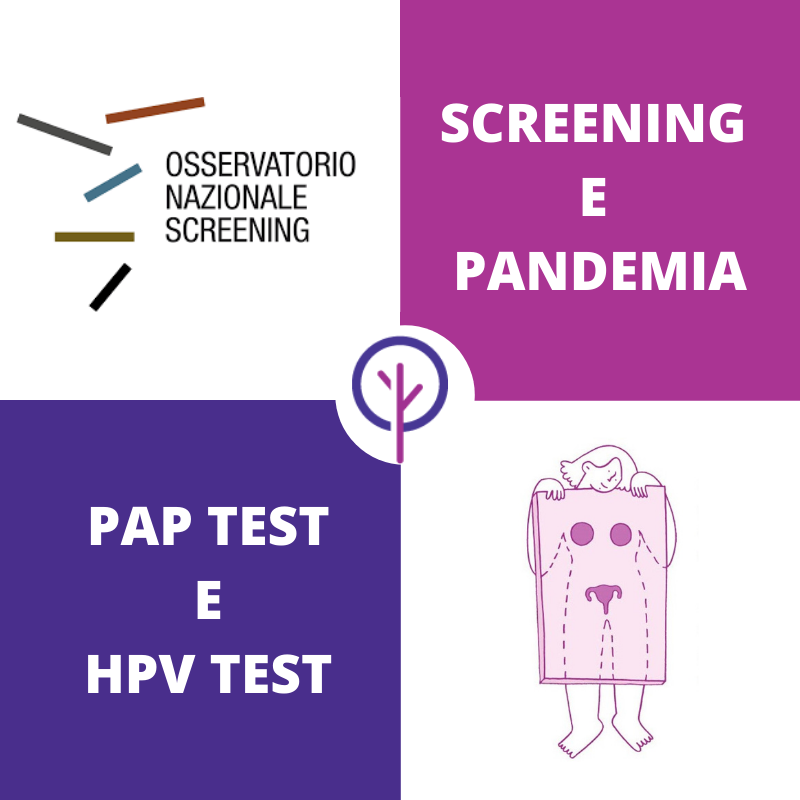Screenings in time of a pandemic
Delays of Screening of the cervix

December 1st, 2020
Due to the Covid-19 pandemic, cancer screening(1), including that of cervical cancer(2), has suffered significant delays.
The Italian National Screening Observatory(3) monitored these delays, obtaining the data presented in the graphs below which show, for each Region, the months of delay in screening programs accumulated from January to September 2020, the number of unexamined women and an estimate of the early diagnoses lost.
The delay in carrying out the screening accumulated more in the first months of the year, at the time of the lockdown, and then continued to accumulate, but at a slower rate.
On average, the accumulated delay is 4.4 standard months(4).

* data for 3 out of 5 USLs
Graph 1. Accumulated delay in standard months.
These delays caused more than 540,000 screening exams to be skipped, equal to a 48.8% reduction compared to the previous year.
For example, in Emilia-Romagna alone more than 70 thousand exams have been missed.

* data for 3 out of 5 USLs
Graph 2. Women not examined.
Consequence of the delays and the non-performed examinations are the missed diagnoses of precancerous lesions of the uterine cervix, estimated at 2,383.
Piedmont has the highest number of undiagnosed injuries, more than 400.

Graph 3. Estimation of diagnoses not made.
Source: Report on the resumption of screening - September 2020 (National Screening Observatory)
[1] A cancer screening test is a test that helps identify early stage cancer. In Italy there are currently three screening programs dedicated to breast, cervical and colorectal cancer.
[2] Screening of the uterine cervix (or cervix) consists in the implementation of the PAP test for women aged 25 to 65 every 3 years or of the HPV test from the age of 30 every 5 years. These tests make it possible to identify precancerous lesions.
[3] The National Screening Observatory was founded in 2001 and works as a technical tool to support both the Regions, for the implementation of screening programs, and the Ministry of Health, for the definition of operating procedures, monitoring and evaluation of programs.
[4] The number of months of activity required to make up for the accumulated delay if the program were to go at the same speed as the previous year, i.e. it examined the same number of people observed in 2019 every month.